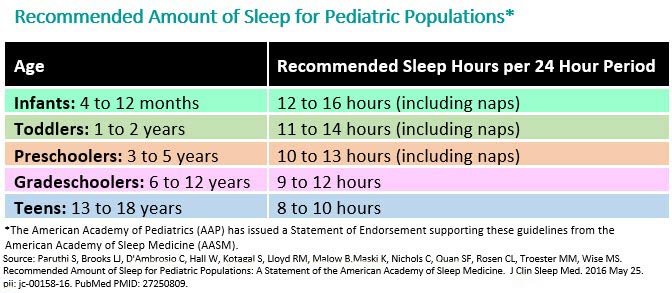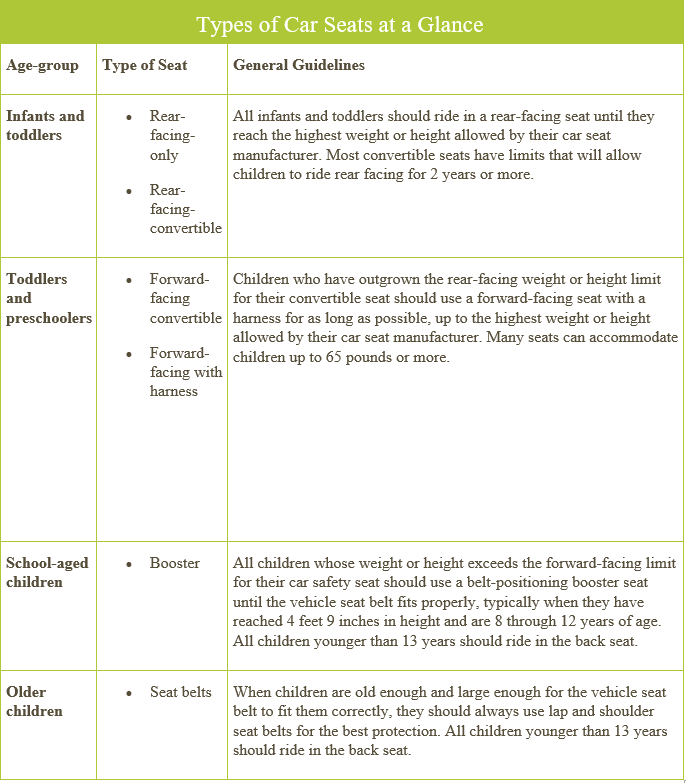Asthma Awareness in Children by Dr. Patricia Avila, Pediatrician
“Asthma in children is one of the most common long term (chronic) diseases. It is estimated to affect 1 in every 10 children in the US. If your child has Asthma one of the most important things you must do is to learn as much as you can about Asthma. Being educated about your child’s Asthma will help you work together with your child’s doctor to control their Asthma and have the absolute best outcome.”
Dr. Patty Avila, Pediatrician
What is Asthma?
- It is a disease of the lungs that causes the airways or tubes that bring air into the lungs to become swollen and inflamed. The muscles around the airways become tight and it makes it hard to breathe. This leads to episodes of coughing, wheezing, feeling breathless, chest pain/chest tightness, and feeling more tired than usual.
- It is more common in children with a parent or sibling or close relative with Asthma, Allergies, and/or Eczema. Children with Asthma often develop Allergies or Eczema as well. These are sometimes present before they develop Asthma.
- There is no cure for Asthma. There are medications and things you as a parent/caregiver can do to help control it. Know what the signs/symptoms of Asthma are, how to avoid triggers, and follow your doctor’s treatment plan. This is especially important to prevent and decrease the damage to your child’s lungs. It will also help avoid your child needing emergency medical treatment.
What causes an Asthma Attack?
- An Asthma attack happens when your child is exposed to “triggers” things that cause your child’s Asthma to get worse.
- An Asthma attack also happens when a child does not take their medications as prescribed.
Common triggers include:
- Allergens – including outdoor allergens like pollen, animal dander, dust mites, mold, and cockroaches.
- Infections – including the common cold, the flu, sinus infections, and cases of pneumonia.
- Irritants – including cigarette smoke or other smoke, pollution, strong odors like perfumes or scented candles, and cleaning products.
- Changes in weather – cold and dry, very humid, or extremely hot weather.
- Exercise.
- Stress and strong emotions.
How can you help control your child’s Asthma and how is it treated? Avoid triggers. It may not be possible to completely avoid all possible triggers, but there are some changes you can make that will help.
- Allergens. Have your child take their allergy medications during allergy season. Keep windows and doors shut during allergy season. Avoid outdoor activities when pollen counts are high.
- Dust mites. Use mattresses and pillow covers. Vacuum and dust regularly. Wash bedding once a week. Limit and wash stuffed animals.
- Furry pets. Keep pets out of your child’s bedroom. Wash pets more often.
- Use HEPA filters.
- Fix any water leaks that could lead to mold.
- Infections. Make sure your child and family receive their yearly Flu vaccine. Having Asthma increases your child’s risk for severe Flu illness that can trigger an Asthma attack.
- Use good hand hygiene.
- Irritants. Do NOT allow anyone to smoke in your home or car. Avoid public places where smoking is allowed. Avoid the use of perfumes, scented candles, incense, paints, and cleaning supplies that can irritate your child’s lungs. Check your local forecast for air quality and keep your child indoors when the pollution is bad.
- Weather. Avoid outdoor activities in extreme weather conditions.
- Exercise. If your child’s Asthma is triggered by exercise have your child take his/her Albuterol 15-30 minutes prior to activity to prevent these symptoms. Encourage your child to exercise and participate in sports. Know what medications help control his/her Asthma so that they can continue to be active.
- Medications. Includes inhaled medications in the form of MDIs also known as inhalers or “pumps” and nebulizers that are given by a machine. Rescue or quick relief medications like Albuterol help during an Asthma attack. They help open the airways or tubes that bring air to the lungs. Long-term controller medications like inhaled corticosteroids help improve the inflammation of the lungs. When these medications are used daily your child is less likely to have an Asthma attack.
Develop an Asthma Action Plan.
This plan is made with the help of your child’s doctor. It will help you and your child know what medications to use and when. It will also help you and your child know what to do in the case of an emergency. Share this plan with the school as well. It is important because your child spends a good amount of time there and the school will know exactly how to help your child.
By becoming knowledgeable about your child’s Asthma, avoiding triggers, and following a good Asthma Action Plan you are taking important steps in keeping your child healthy. Have your child see his/her doctor at least 2 times per year to ensure their Asthma is under control. Do not forget to make sure your child and family receive a yearly Flu vaccine. Your child should be able to enjoy everyday activities and participate in sports without any problems breathing if their Asthma is under control.



